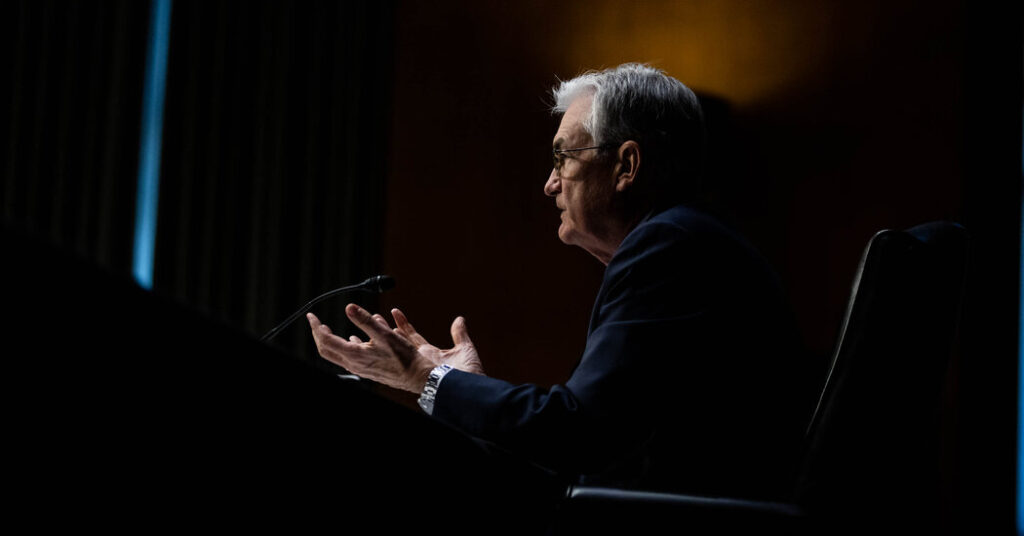
At one point this month, for instance, the S&P 500 had fallen more than 10 percent, into the range known in market jargon as a correction, and the Nasdaq composite index was down more than 20 percent, into what Wall Street labels bear market territory, though both have since rallied. Still, the S&P 500 on Friday was down 4.7 percent for 2022, and the Nasdaq has declined more than 9 percent.
Keeping the rout in perspective
The historically bad bond returns are nothing compared with the periodic collapses of the stock market. For example, in February and March 2020, the early days of the coronavirus pandemic, the S&P 500 fell nearly 33 percent in just 23 trading days. Nonetheless, the double whammy of bad bond returns combined with poor stock market returns in the same stretch leaves many diversified stock and bond portfolios in a state of distress.
The Vanguard Balanced index fund, a plain vanilla mixture of 60 percent stock and 40 percent bonds, is down 5.8 percent for the year. Bonds, which generally serve as a buffer that insulates investors from the volatility in their stock holdings, have not performed that function well this year.
The culprit for the sharp decline in bond values is the rise in interest rates that accelerated throughout fixed-income markets in 2022, as inflation took off. Bond yields (a.k.a. interest rates) and prices move in opposite directions.
The interest rate rise has been expected by bond market mavens for years. It’s the suddenness of recent increases that has caused a ruction in the Steady Eddie bond market.
Consider that in August 2020, in the first year of the pandemic, the yield on the benchmark 10-year Treasury note fell as low as 0.5 percent. The Federal Reserve, which has direct control of the short-term federal funds rate — but not of bond market rates — had lowered that short-term rate near zero, much as it had done in 2008, during the financial crisis.
In both cases, the Fed and the U.S. government, through fiscal stimulus, were making extraordinary efforts to revive the economy: Low interest rates encourage borrowing and business activity, just as higher rates discourage it.
You may also like
-
First night of NFL draft averages 12.1 million viewers, a 6% increase over last year
-
Electric shock: Chinese EV makers steal a march on rivals in lucrative Thai market
-
Canadian writers agree to strike authorization amid negotiations
-
Fast food chains find a way around $20 minimum wage: Get rid of the workers
-
Tesla to lay off thousands from Texas plant

